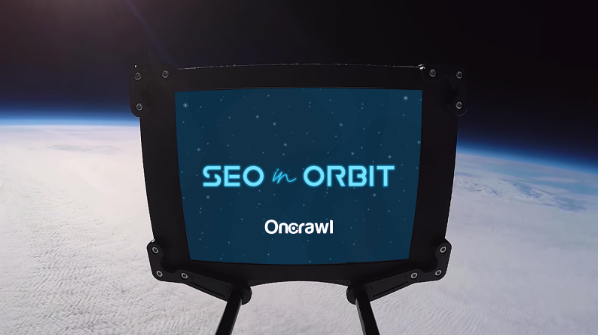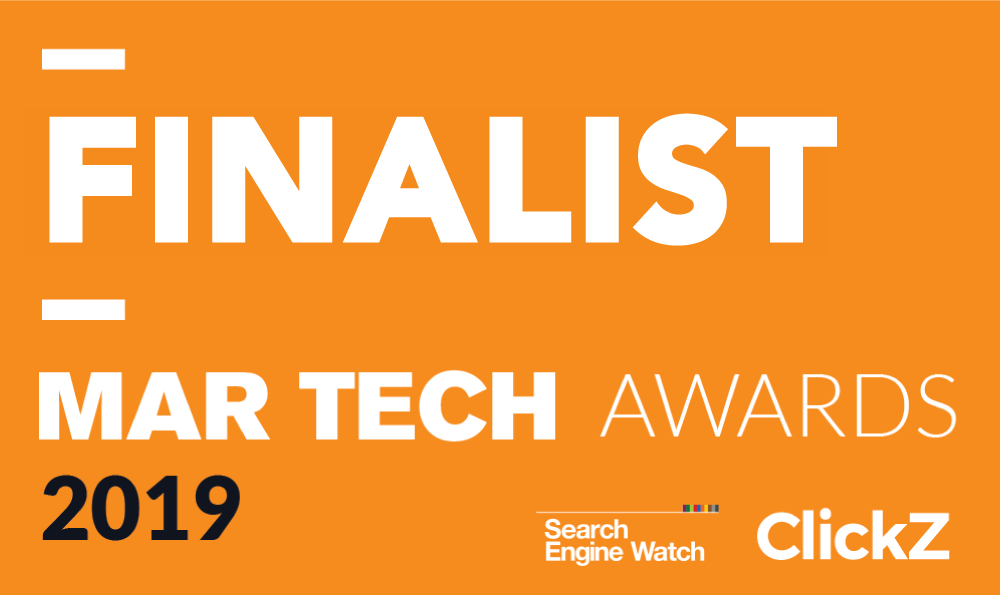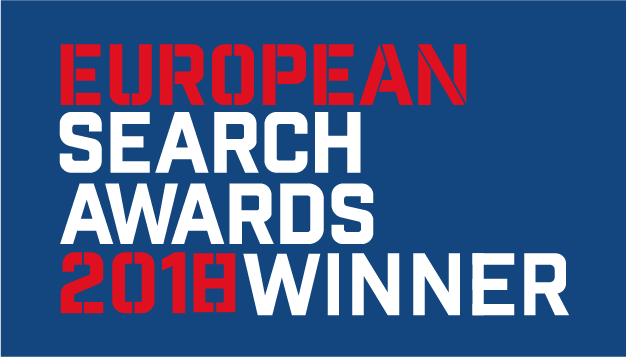|
That's what I thought. That's why this newsletter, after this short introduction, contains five technical SEO articles that are not about BERT.
Nothing against BERT: if you want to talk about BERT as much as I do — and that's a lot — , hit reply or tweet to me.
|
|
Rebecca Berbel
OnCrawl Content Manager
@RebBerbel
|
|
Edge SEO: Alternatives to Cloudflare Workers
— Dan Taylor
|
|
|
Dan's been writing a series of articles on putting Edge SEO into practice. Edge SEO, if you missed it, is the practice of "using CDNs and workers for the benefit of SEO." In this article, which follows Dan's Brighton SEO talk, he covers alternatives to Cloudflare Workers, bringing Edge SEO to those of us who aren't Cloudflare users.
He shares information directly from conversations he's had with Fastly and Akamai, both of which have little (or no) documentation on the subject. If you're using either and looking at using Edge SEO, this is the place to start.
You can also take a look at the previous articles in this series:
- Resolving SEO issues on legacy (and modern) platforms through edge SEO
- Creating & Managing Redirects on The Edge
- Integrating edge SEO into internal policies and workflows
|
|
The Problem with Image Search Traffic
— AJ Kohn
|
|
|
AJ Kohn looks at the difficulty of understanding how users arriving at a website through image search perform and convert. Experience--and data, if you can get it--show that traffic from image search behaves differently, notably with fewer conversions, than regular organic traffic.
If a significant part of your website's traffic coming from image search, you may see falsely low conversion rates from Google search (because image search traffic is mixed in), your A/B testing has a hidden variable you can't control for, and you may be drawing incorrect conclusions as to which channels perform best for your site. AJ walks through one example and concludes:
"By hiding image search traffic this site thinks paid search conversion is more effective in comparison to organic search today than it was in July of 2018. The reality is the opposite. In comparison to paid search, organic search conversion improved slightly."
For a deeper look at the issue, including the long way around to get a better view of the correct data, this article is a must-read.
|
|
The autumn 2019 technical SEO checklist
— Hugo Scott
|
|
|
Hugo Scott covers the top 14 technical issues to focus on in a standard technical SEO site audit at the moment. If you do this for a living, you won't find many surprises here--but it's a great resource if you're looking for somewhere to start.
The bonus element is some of the best advice that rarely makes a technical SEO checklist:
"One more thing: test your site as if you were an average user. You may think 'wait, what?!' but you’d be surprised how rarely people test their own sites and are surprised to discover that it’s super difficult to place an order, find the contact form, etc."
|
|
Moving towards a faster web
— Chromium Blog (Addy Osmani, Ben Greenstein, Bryan McQuade)
|
|
|
The Chromium team, which powers Chrome and many other navigators, is looking at ways to provide feedback to users regarding typical site speed during navigation, notably through "badging":
"In the future, Chrome may identify sites that typically load fast or slow for users with clear badging. This may take a number of forms and we plan to experiment with different options, to determine which provides the most value to our users.
"[...] Our plan to identify sites that are fast or slow will take place in gradual steps, based on increasingly stringent criteria. Our long-term goal is to define badging for high-quality experiences, which may include signals beyond just speed."
While this article offers possible screenshots of mobile interfaces and openly discusses planned experimentation and exploration, it seems pretty clear that this feature is well underway.
For SEO, this underscores the importance of site speed yet again, and makes me wonder how "historical load latencies", if taken into account by the navigator, may also be available to Google as a factor to include in ranking algorithms.
|
|
The 2019 Web Almanac
— HTTP Archive + 85 contributors
|
|
|
Web data scientists from around the world contributed to examining the Archive in order to understand web, website, and general performance trends. This is the result of their data analysis.
What does the web look like in 2019 in terms of SEO? That's chapter 10. For example:
"During our research, we found that only 14.67% of sites are eligible for rich results on mobile. Interestingly, desktop site eligibility is slightly lower at 12.46%. This suggests that there is a lot more that site owners can be doing to optimize the way their home pages are appearing in search."
I also found a lot of interesting information in the Ecommerce section, which concerns 10% of pages in the Archive, and which looked at information such as the distribution of the average time to First Contentful Paint (FCP) by ecommerce platform...
|
|
|
|
|
|

|
Liked this month's roundup? Share it with a friend!
|
|
|
|
|
|
|
|
|
|
|
|














 Arts and Entertainment
Arts and Entertainment Business and Industry
Business and Industry Computer and Electronics
Computer and Electronics Games
Games Health
Health Internet and Telecom
Internet and Telecom Shopping
Shopping Sports
Sports Travel
Travel More
More